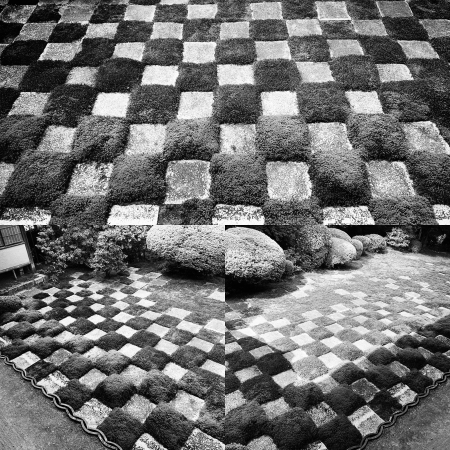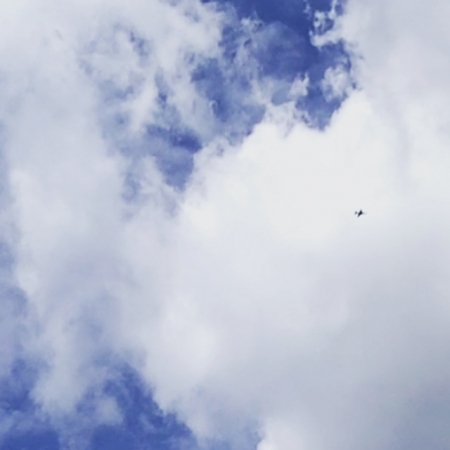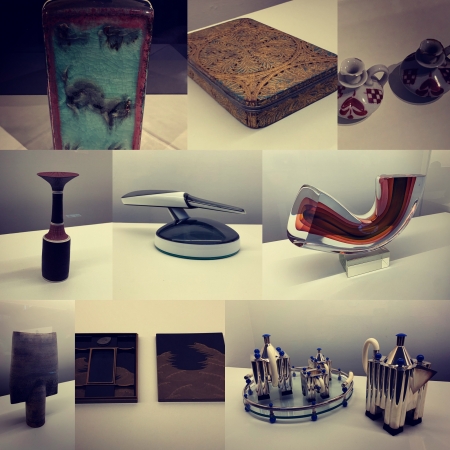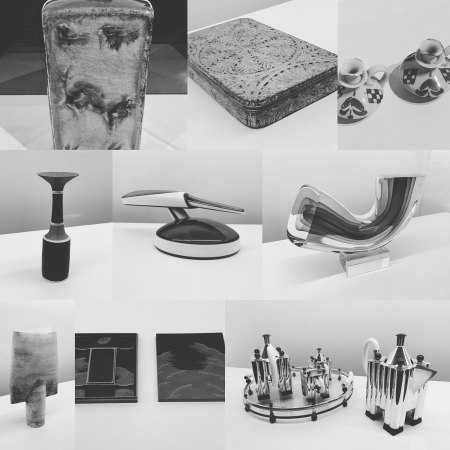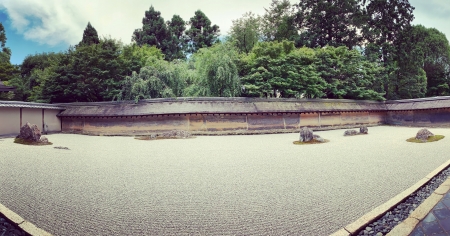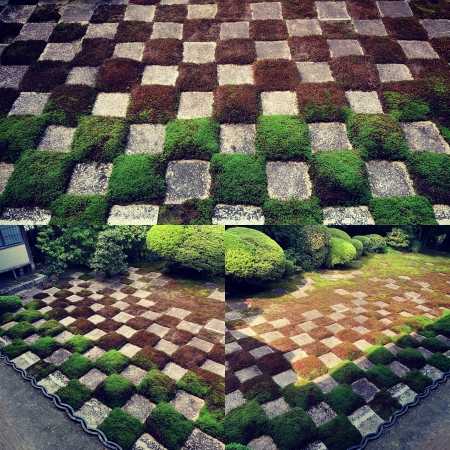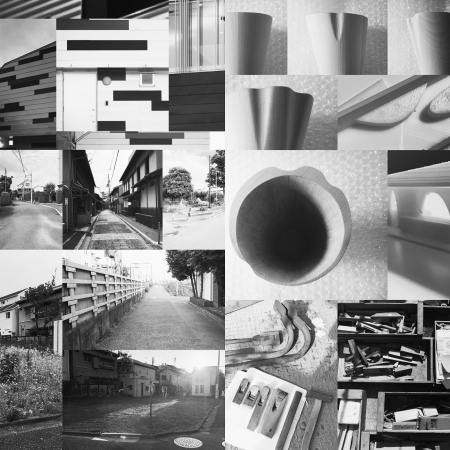意識のきっかけ
まあ、できれば意識されたいし、目立ちたいし、見られたいと思った時にどうすればいいかと、そもそもぼんやりと眺めているものがはっきりと意識の俎上に上がってくる瞬間は何がきっかけで起こるのだろうかと考えてみた。
普段、意識して何かを見ることは案外少ないかもしれない。意外かもしれないが、無意識や惰性で目の前のものを見ていることも多く、いちいち何でも見ることを意識していたら脳がパンクするだろうから、習慣などにして自動で見るようにしていることも多い。
だから、改めて何かを見ることを意識してみると、人が何をきっかけに意識して見るようになるかが気になる。
"The opportunity for consciousness"
Well, if possible, I want to be conscious, I want to stand out, what to do when I want to be seen, what will happen at the moment when what I am vaguely looking at in the first place clearly rises to the height of consciousness? I thought about it.
It may be unexpectedly rare to consciously see something. It may be surprising, but I often look at things in front of me unconsciously or by inertia, and if I was conscious of seeing anything, my brain would puncture, so make it a habit and look at it automatically. Often there are.
Therefore, when I try to be conscious of seeing something again, I am wondering what causes people to be conscious of seeing something.

